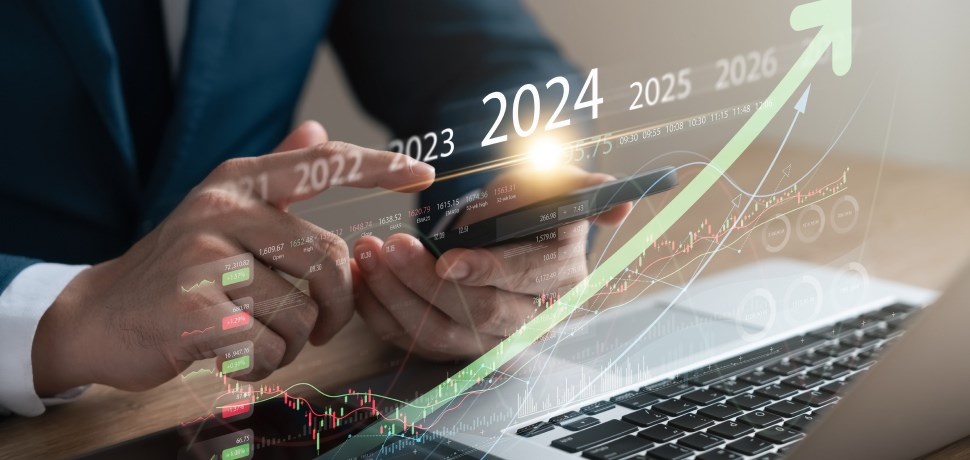
Late last year, I reviewed a client’s offshore portfolio that we had managed since 2012. The performance was exceptionally strong, achieving returns well above the MSCI World Index.
But what struck me was that in a portfolio of 21 stocks, the outstanding returns were attributable to only a handful of stocks - Louis Vuitton was up 302%, Alphabet 537%, Berkshire Hathaway 244%, L’Oreal 211%, Mastercard 698%, and Nvidia a staggering 1885%. Their weightings in the portfolio were naturally high and continued to grow as these winners kept winning.
Scrutinising other portfolios that I manage, the pattern was similar: a handful of shares provided most of the portfolios’ performance. It underpinned the notion that exceptional investment performance is usually the product of only a few great investments held for a very long time.
In the Berkshire Hathaway letter to shareholders in 2022, Warren Buffett wrote that in 58 years of Berkshire management, most of his capital-allocation decisions had been no better than so-so. Berkshire’s satisfactory results had been the product of about a dozen truly good decisions – that would be about one every five years.
In a paper titled “Do Stocks Outperform Treasury Bills”, Hendrik Bessembinder, a Professor of Finance at Arizona State University, evaluated the lifetime returns of every US common stock from 1926 to 2016. Bessembinder found that all the wealth creation was attributed to just 4% of stocks. The other 96% of stocks either underperformed treasury bills or only outperformed treasury bills by a fraction.
If we invest in a stock that has a durable competitive advantage, operates in an industry which has secular tailwinds, a strong balance sheet, and a reasonable valuation, and whose success had led to its portfolio weighting increasing from 3% to 6%, it hardly makes sense to trim the holding. It’s far better to sit back and do nothing than feeling an obligation to be active and do something.
Looking at it another way. In Gautam Baid's recent book “The Making of a Value Investor”, he demonstrated that if you bought two stocks for $100 each, and the first stock went up by 26% in year one to $126, while the second stock decreased by 26% to $74, at the end of the year you would have made zero return. But if the first stock continued to grow by 26% per annum, and the second stock continued to fall by 26% annually, after 10 years, even if the second stock was valued at almost 0, your annual portfolio return would be 17.6%. That is the power of compounding.
You can make several wrong decisions investing but still make good returns by making sure your winners count. It’s not about how often you are right or wrong; it’s about how much you make when you are right and how little you lose when you are wrong.
Nobody knows ahead of time which stocks are going to outperform. The trick is to let the portfolio become concentrated with winners. Don’t trim them early and interrupt their compounding effect.
Nick Sleep eloquently described this in one of his annual letters:
“The biggest error an investor can make is the sale of a Wal-Mart or a Microsoft in the early stages of the company’s growth. Mathematically this error is far greater than the equivalent sum invested in a firm that goes bankrupt. The industry tends to gloss over this fact, perhaps because opportunity costs go unrecorded in performance records.”
Our investment philosophy at Sasfin Wealth involves concentrating our client’s capital in 20-30 high quality, growing businesses. Finding these companies at attractive valuations is rare. It, therefore, makes sense to hold onto them once you have found them. Warren Buffett, Hendrik Bessembinder, Nick Sleep and Gautam Baid would all agree.